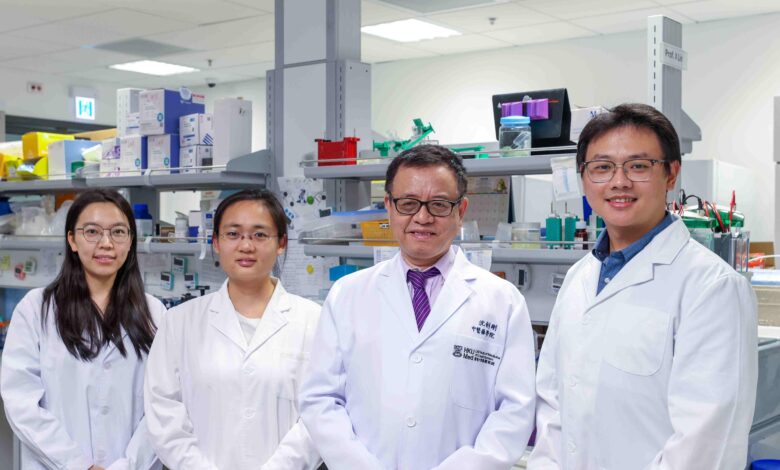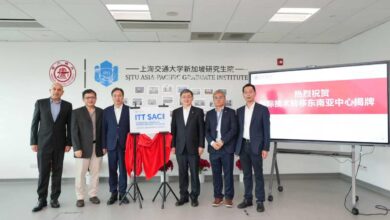HKUMed’s Innovative Combined Therapy with Astragalus and Methotrexate to Combat Autoimmune Disease Drug Resistance

Researchers at the University of Hong Kong’s LKS Faculty of Medicine have developed a combined therapy that integrates the active compound from the traditional Chinese herb Astragalus membranaceus (commonly known as huang qi) with the prevalent medication methotrexate (MTX). This innovative approach aims to address drug resistance associated with autoimmune diseases.
Study Findings
Findings from the study, published in Acta Pharmacologica Sinica and the Journal of Leukocyte Biology, indicate that this combination effectively reduces chronic inflammation linked to autoimmune conditions, such as systemic lupus erythematosus and Sjögren’s disease. Autoimmune diseases occur when the immune system erroneously attacks healthy cells, resulting in damage to tissues and organs. Patients often require ongoing medication to manage symptoms, with MTX frequently prescribed as a first-line option. However, long-term use can lead to drug resistance and various adverse effects, including liver toxicity.
Research Methodology
The research team conducted an extensive review of traditional Chinese medicine formulas utilized over the past four decades and identified Astragalus membranaceus as the most commonly prescribed herb for autoimmune disorders. By employing a self-developed mouse model alongside clinical data, the researchers were able to demonstrate the herb’s capacity to inhibit T follicular helper cells (Tfh cells), which are immune cells capable of harming healthy tissues. Notably, while MTX is widely used, it was found to be ineffective in suppressing Tfh cells and may even lead to an increase in their numbers. Conversely, Astragalus membranaceus displayed significant regulatory effects on Tfh cell activity.
Calycosin: A Bioactive Compound
Moreover, the team isolated a bioactive compound known as calycosin from Astragalus membranaceus, which effectively inhibits responses from Tfh cells in both human and mouse subjects. Calycosin was identified as the first inhibitor of BATF, a fundamental protein involved in Tfh cell differentiation, showing high structural similarity between the species. These results provide a substantial foundation for potential cross-species therapeutic applications.
Impact on Treatment Outcomes
Calycosin’s ability to inhibit BATF function leads to decreased activation of Tfh cells and a reduction in autoantibody production. The study highlights that the combination of calycosin and MTX not only enhances treatment outcomes but also significantly mitigates inflammation-related tissue damage in experimental models.
Clinical Significance
Professor Lin Xiang from the School of Chinese Medicine noted that this combined therapy allows for a reduction in the necessary dosage of MTX while preserving its efficacy, which can enhance treatment safety. The research team has sought international patent protection for the use of calycosin in treating autoimmune diseases, representing a notable step forward in the modernization of traditional Chinese medicine.
Future Applications
The potential clinical applications of this therapy are substantial, as it may help alleviate drug resistance associated with prolonged MTX use, and could eventually be applicable to other autoimmune conditions. Additionally, the research team has developed a humanized mouse model for Sjögren’s disease, offering a validated platform for forthcoming clinical trials. The findings were also presented at the 2025 European Alliance of Associations for Rheumatology Annual Congress and published in the Annals of the Rheumatic Diseases.
Funding and Support
This research received support from various funding organizations, including the General Research Fund, Health and Medical Research Fund, and the Mainland-Hong Kong Joint Funding Scheme.
(Source: University of Hong Kong Press Release)




